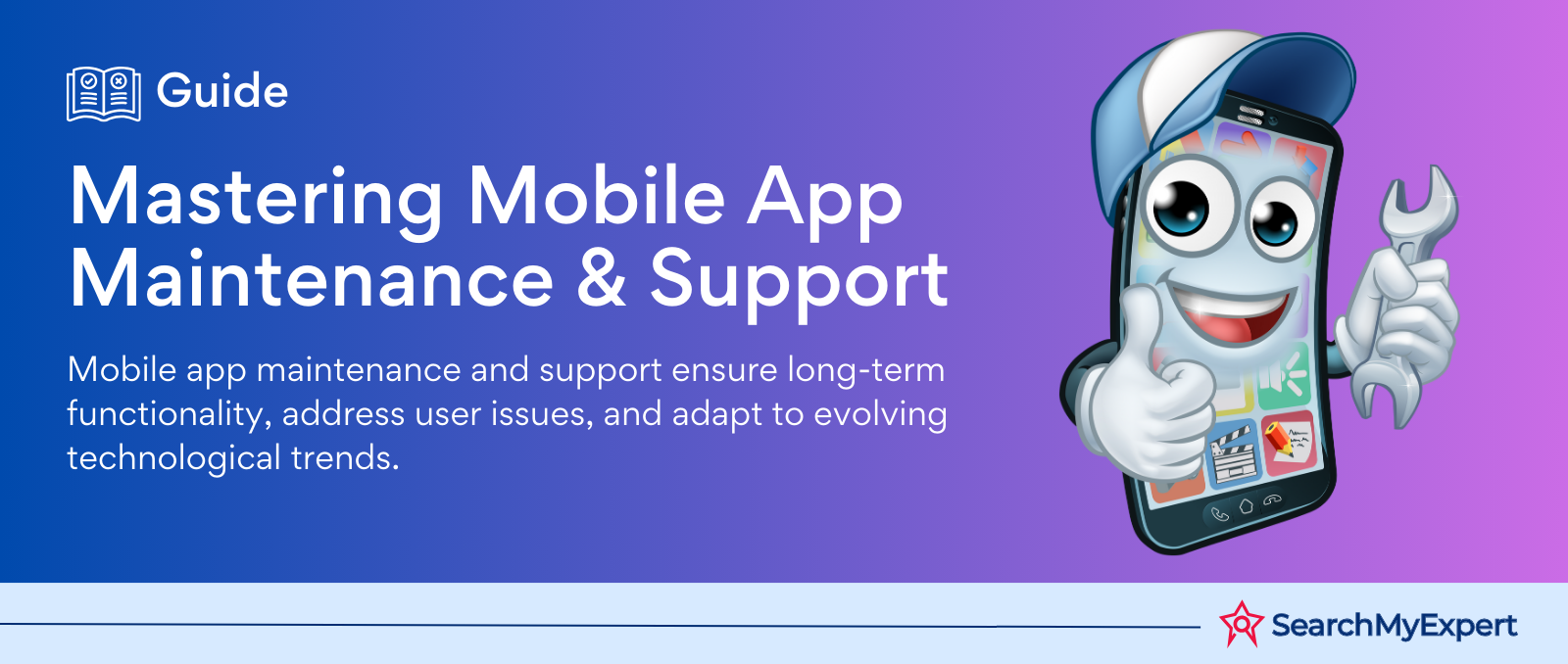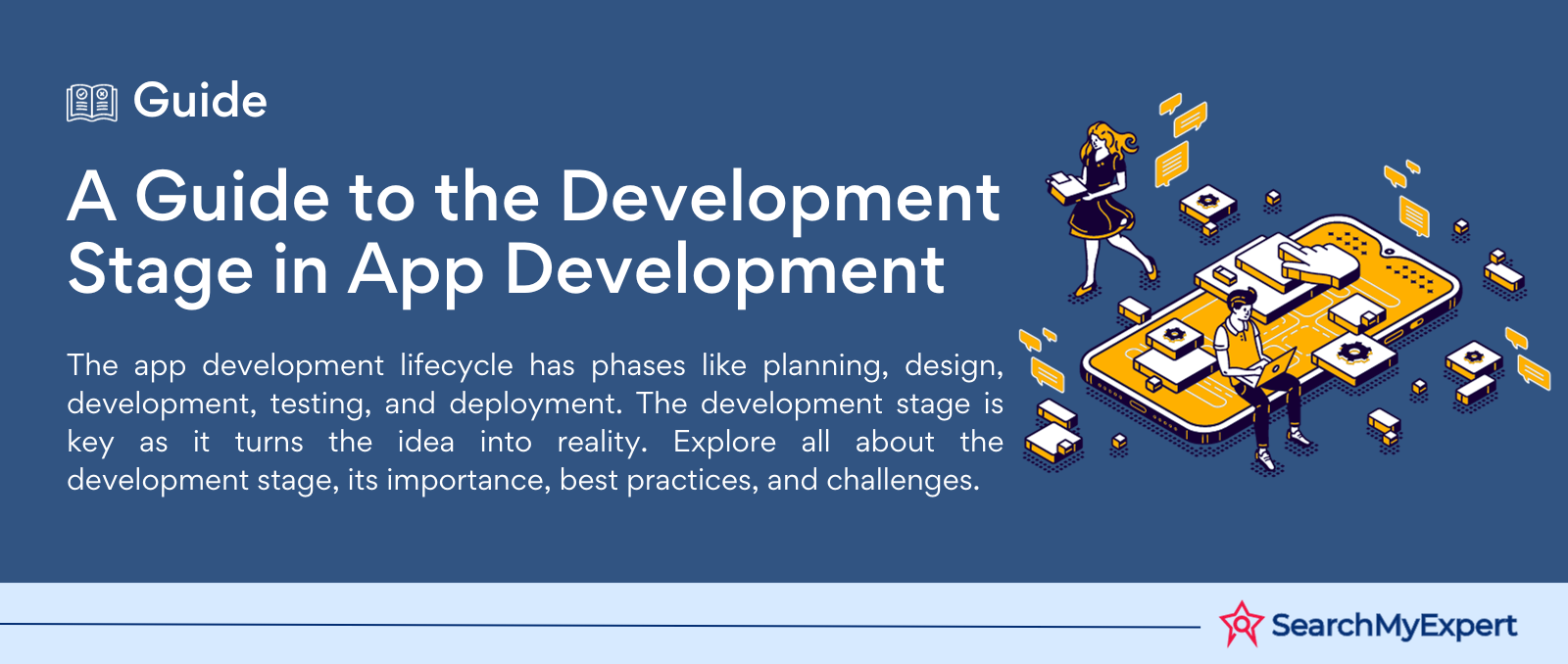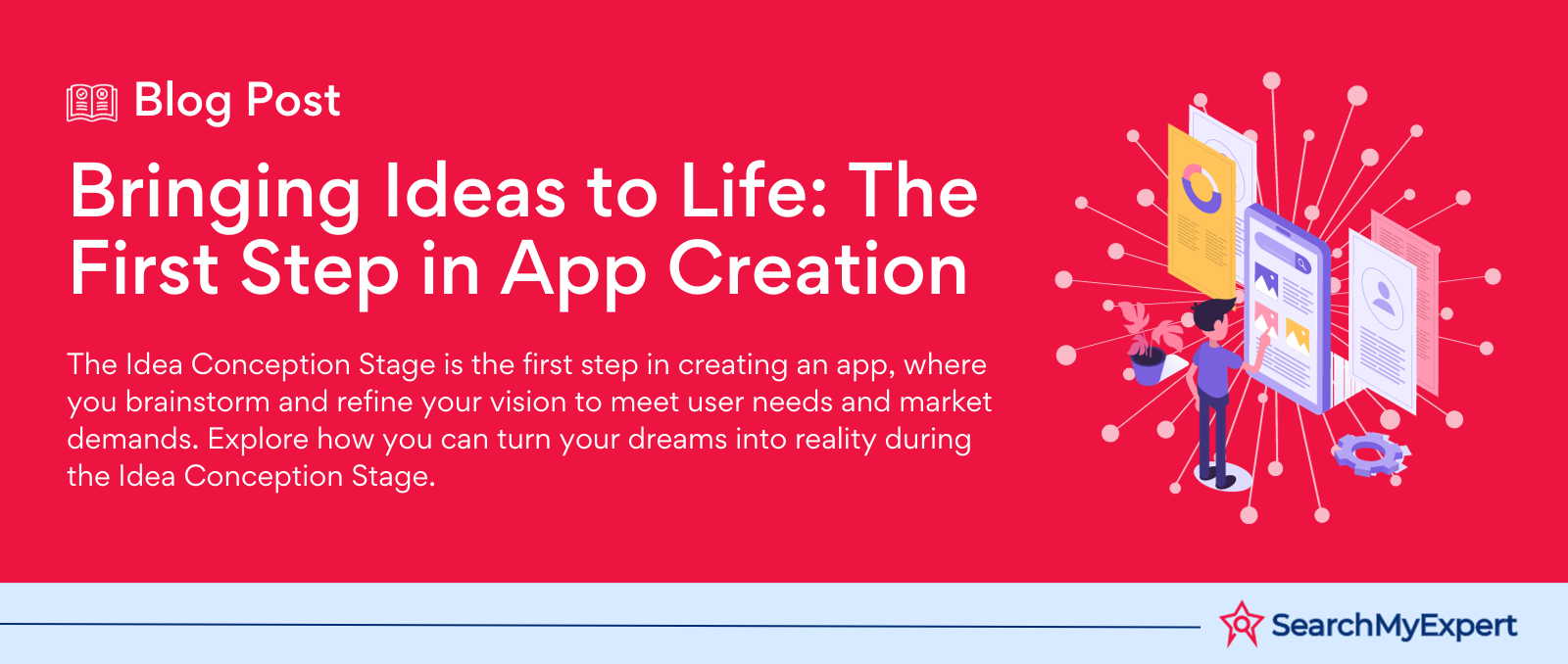Guide to Artist and Client Contracts: Securing Rights in Illustration

Illustration Contracts and Rights: Safeguarding Creative Expressions
The Pivotal Role of Illustration in Diverse Domains
In the vibrant world of visual communication, illustrations hold a place of prestige. These creative artworks breathe life into a myriad of fields, notably advertising, publishing, and entertainment. The magic of illustration lies in its power to transcend linguistic barriers, delivering messages that are universally understood and deeply felt. This visual allure is a catalyst in advertising, where illustrations captivate audiences, forging deep connections between brands and consumers. In publishing, illustrations are the heartbeats of stories, transforming words into vivid visual journeys. The entertainment sector, from movies to video games, relies heavily on illustrations to create immersive worlds that enchant and engage.
The Imperative of Illustration Contracts: A Shield for Creativity
As pivotal as illustrations are, their creation and usage hinge on a delicate balance of rights and responsibilities. This is where illustration contracts come into play. These legal frameworks are not mere formalities; they are the bulwarks that protect the interests of both illustrators and clients. In the absence of clear contracts, the risk of misunderstandings, misuse of artwork, and disputes escalates significantly.
A well-drafted contract ensures clarity in aspects such as usage rights, compensation, deadlines, and ownership, thus fostering a harmonious and respectful professional relationship. For illustrators, contracts are the guardians of their creative expressions, ensuring their art is used as intended and that their efforts are duly rewarded. For clients, these agreements provide a clear understanding of what they can expect and how they can utilize the illustrations, ensuring a transparent and trouble-free collaboration.
Key Contractual Elements
Crafting the Blueprint: Scope of Work
At the heart of an illustration contract is the Scope of Work. This section is the blueprint that guides the entire project. It lays out the deliverables, detailing what the illustrator will create and what the client expects to receive. Clarity here is crucial to prevent any misinterpretation. This part of the contract should also specify the number of revisions included and the timeline for each stage of the project. A well-defined Scope of Work sets the stage for a smooth collaboration, ensuring both parties are on the same page from the get-go.
The Financial Framework: Compensation
Compensation is more than just the amount paid for the illustrations. This section should detail the fee structure, whether it's a flat rate, hourly rate, or contingent upon certain milestones. The payment schedule, including deposit requirements and final payment terms, should be transparently laid out. Additionally, it’s prudent to cover potential additional charges, such as rush fees or costs for extra revisions, to avoid surprises later on.
Intellectual Property Cornerstone: Copyright and Usage Rights
A pivotal element of the contract is the allocation of copyright and usage rights. This clause determines who owns the intellectual property of the illustrations. It's important to differentiate between owning the artwork and having the right to use it. The contract should clearly state how the client can use the illustrations — for example, in what mediums, for what duration, and in which territories. This clarity protects the illustrator’s creative assets while giving the client the necessary freedom to utilize the artwork as needed.
Respecting the Creator: Moral Rights
Moral rights, often overlooked, are crucial. They protect the illustrator’s right to attribution and defend against unauthorized alterations that might harm their reputation. These rights ensure that the illustrator's integrity and personal connection to the work are respected, even after the artwork is sold.
The Veil of Secrecy: Confidentiality
In certain projects, confidentiality clauses are essential. They protect any sensitive information that the illustrator might access during the project. This clause reassures clients that their private or proprietary information is safe, fostering a trusting professional relationship.
Exit Strategy: Termination
Finally, a well-drafted termination clause is key. This outlines the conditions under which either party can end the contract. It should include notice periods, compensation for work completed, and handling of unfinished work. This clause is a safety net, ensuring a structured and fair conclusion, should the need to part ways arise.
Negotiating the Contract
The Art of Communication: Setting the Stage
Negotiating an illustration contract is not just about legalities; it's a dance of communication and understanding. Open dialogue is the cornerstone of successful negotiations. Both parties must be willing to express their expectations, concerns, and limitations clearly. This transparent communication sets the foundation for a mutually beneficial agreement, ensuring both the illustrator and the client feel heard and valued.
For Illustrators: Asserting Your Worth
For illustrators, advocating for rights and fees is paramount. Here are some tips:
- Know Your Value: Research industry standards for pricing and understand the value of your unique style and experience.
- Be Confident: Articulate your terms confidently. Remember, your skills and creativity are in demand.
- Flexibility with Firmness: Be flexible in negotiations, but firm on non-negotiables, like your core rates and moral rights.
- Clear Contracts: Ensure your contract is clear and comprehensive, covering all bases from the scope of work to termination clauses.
- Seek Advice: Don’t hesitate to seek legal advice or mentorship from experienced illustrators to better understand contract nuances.
For Clients: Fostering Realistic Expectations
Clients also play a key role in negotiations. Here’s how they can contribute positively:
- Understand the Process: Acknowledge the creative process and time investment that illustration work demands.
- Set Clear Objectives: Clearly define what you need from the illustration, including style, usage, and deadlines.
- Choose Wisely: Select illustrators not just on price, but on their portfolio, style compatibility, and professionalism.
- Respect the Art: Recognize the illustrator’s rights and the value they add to your project.
- Open Dialogue: Maintain open lines of communication throughout the project for feedback and revisions.
Negotiating an illustration contract is a balancing act. It requires respect, understanding, and clear communication from both parties. When done right, it can lead to a fulfilling collaboration that respects the illustrator's creative rights while meeting the client's needs effectively.
Avoiding Common Pitfalls
Navigating the Hazards: Common Misunderstandings
In the world of illustration contracts, certain misunderstandings and ambiguities often lead to disputes. Identifying these pitfalls is crucial for a smooth collaboration. Common issues include:
- Vague Scope of Work: An unclear description of deliverables often leads to mismatched expectations.
- Misinterpretation of Rights: Confusion over copyright and usage rights can lead to unauthorized use of work.
- Unclear Compensation Terms: Ambiguities in payment terms, schedules, and additional charges can create financial disputes.
- Overlooking Revision Limits: Not specifying the number of revisions included can lead to endless revisions and frustration.
- Neglecting Termination and Kill Fees: Failing to outline terms for contract termination and associated fees can leave parties unprotected.
Clarity is Key: The Language of Contracts
The language used in the contract plays a pivotal role in avoiding misunderstandings. Contracts should be clear, concise, and devoid of legal jargon that might confuse either party. Every clause should be straightforward, leaving no room for interpretation. This clarity not only prevents disputes but also builds a foundation of trust between the illustrator and the client.
Legal Insight: The Value of Professional Advice
One of the most effective ways to avoid contractual pitfalls is to seek legal advice. Lawyers specialized in intellectual property and contract law can provide invaluable insights. They can help draft a contract that is fair, clear, and legally sound. For illustrators, legal advice ensures their rights are protected. For clients, it offers reassurance that the contract is enforceable and the project is legally safeguarded. Investing in legal advice before signing a contract is a step towards a secure and successful creative collaboration.
Alternative Agreements
Exploring Other Avenues
Beyond traditional illustration contracts, there are alternative arrangements like work-for-hire agreements and royalty-based contracts. Each comes with its own set of advantages and challenges, suitable for different scenarios.
Work-for-Hire Agreements
- What It Is: In a work-for-hire scenario, the client owns all rights to the artwork from the start. The illustrator is compensated for their work but does not retain any copyright.
- Pros:
- Certainty for Clients: Clients get full control over the artwork, without concerns about usage rights.
- Simplicity for Illustrators: Payment is usually straightforward, without long-term royalty tracking.
- Cons:
- Limited Earnings for Illustrators: No ongoing royalties means potential loss of future income.
- No Copyright: Illustrators can't use the work for their portfolio without permission.
Royalty-Based Contracts
- What It Is: The illustrator receives ongoing payments based on how the artwork is used, typically a percentage of sales or profits.
- Pros:
- Potential for Higher Earnings: Illustrators benefit financially if the work becomes highly successful.
- Ongoing Engagement: Illustrators remain connected to their work and its use over time.
- Cons:
- Uncertain Income: Earnings depend on the success of the product or project.
- Complex Management: Tracking royalties can be administratively burdensome.
Choosing the Right Path
The choice between these agreements depends on various factors like the nature of the project, the illustrator's career goals, and the client's needs. Work-for-hire agreements are straightforward but offer less potential for future earnings, making them suitable for short-term projects or when full control is essential for the client. Royalty-based contracts can be more lucrative in the long run but require a deeper level of engagement and trust between the illustrator and client.
Resources and Support
Empowering Through Knowledge: Resources for Illustrators and Clients
For both illustrators and clients, having access to the right resources and support is crucial for successful collaborations. Here’s a list of valuable resources and organizations that offer guidance, support, and tools in the realm of illustration contracts.
Organizations Offering Support:
- Graphic Artists Guild: Provides resources, advocacy, and guidance on industry standards.
- Society of Illustrators: Offers a community and support network for illustrators.
- American Institute of Graphic Arts (AIGA): A professional organization that provides resources and advocacy.
- Association of Illustrators (AOI): Offers contract templates and negotiation advice.
- Freelancers Union: Provides contract templates and legal advice for freelancers, including illustrators.
Online Tools and Templates:
- Docracy: An open collection of legal contracts and a free resource for drafting your own.
- Shake by LegalShield: Offers simple, customizable legal agreement templates.
- Contract Creator by the Graphic Artists Guild: An online tool to create custom contracts.
- Bonsai: Provides freelance contract templates tailored to various creative fields.
- Rocket Lawyer: Offers customizable legal documents and contract templates.
Leveraging Digital Tools for Contract Drafting
In addition to these resources, numerous online tools and templates can simplify the contract drafting process. These tools offer customizable templates that can be adapted to specific needs, ensuring that both illustrators and clients have access to legally sound agreements. They are especially useful for those new to contract writing or those without access to professional legal advice.
Utilizing these resources can significantly streamline the contract process, providing peace of mind and ensuring a fair, clear agreement for both parties involved.
Solidifying the Creative Partnership: The Essential Role of Contracts
As we reach the conclusion of our exploration into illustration contracts, it's crucial to recap their fundamental importance. Contracts are not just formalities; they are the bedrock of a successful and respectful partnership between illustrators and clients. These agreements serve as a protective shield, ensuring that the rights, responsibilities, and expectations of both parties are clearly defined and mutually understood.
Key Takeaways:
- Protection for All Parties: Contracts provide legal protection, clearly outlining the scope of work, compensation, rights, and obligations.
- Foundation of Trust: A well-drafted contract builds trust, fostering a professional and harmonious relationship.
- Clarity and Communication: The process of creating a contract encourages clear communication, helping avoid misunderstandings and disputes.
- Flexibility and Fairness: Contracts can be tailored to suit the unique needs of each project, ensuring fairness and flexibility for both parties.
A Call for Professionalism and Respect
For illustrators, contracts are a testament to their professionalism and a safeguard for their creative expressions. For clients, these agreements offer assurance and clarity, enabling them to use the artwork within agreed boundaries. Approaching contracts with a sense of professionalism and respect is fundamental. It’s not just about protecting oneself; it’s about valuing the collaboration and the incredible potential that comes from combining artistic talent with visionary clients.
Conclusion
Let’s remember that every successful illustration project starts with a solid contract. It's the canvas upon which trust is built and creativity flourishes. Whether you're an illustrator or a client, approach these agreements with the seriousness they deserve, and watch as they lay the groundwork for a fruitful and rewarding partnership.
Maximize your project's impact with our Illustrators Services.
share this page if you liked it 😊
Other Related Blogs

Mastering Docker for App Development: A Comprehensive Guide to Benefits, Use-Cases, and Alternatives
STAY UP TO DATE
GET PATH'S LATEST
Receive bi-weekly updates from the SME, and get a heads up on upcoming events.
Contact Us











